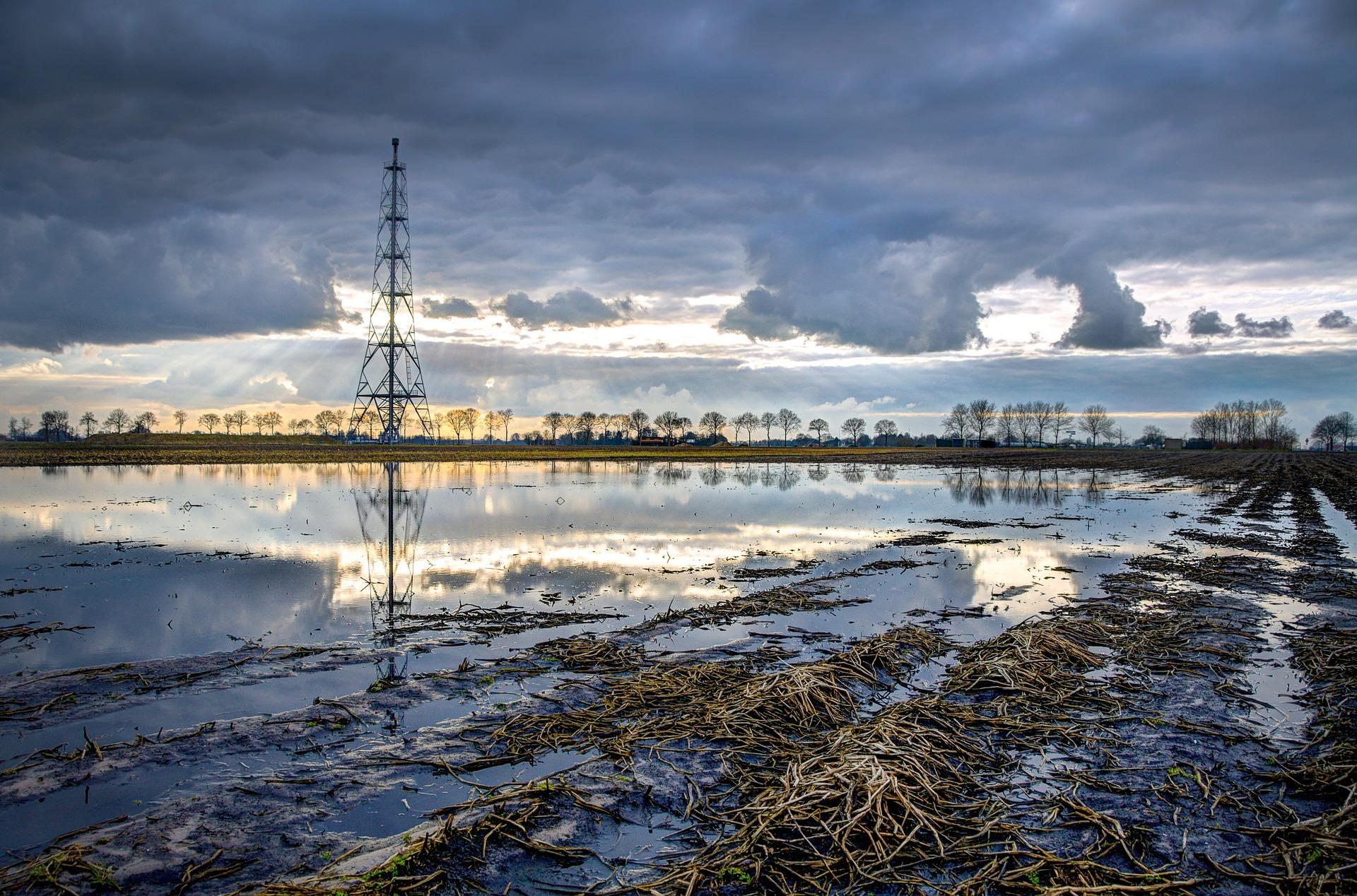LNG – new fuel to power the global fleet

LNG powered ships as a technology has been on an edge of a breakthrough for some ten years now. LNG surely looks promising technology to power the global merchant fleet; much less CO2 emissions, cheap price, well developed compulsion technology. Now, Singaporean authorities are pushing LNG as a replacement of bunker oil for global merchant fleet.
Singapore authorities are ramping up incentives to encourage ship owners to opt in for LNG as primary source of energy onboard. Reasons for this are simple: LNG is considered green and environmentally friendly option for dirty old bunker.
There is another reason as well. LNG is only technology that currently can scale fast enough to cover the gigantic demand global merchant fleet has, while still significantly reducing emissions. Other, more greener options like renewables, solar, hydrogen cells, are still too young and undeveloped technologies. These will not be able to scale fast enough to help shipping industry to reach its target for reducing emissions 35% from 2008 levels by 2035. There simply in not enough time to wait any longer for better alternatives to arrive. Industry must act now, and LNG is the best technology there is for now.
However, there is a problem with the LNG as a fuel. As shipping industry has also taken more ambitious climate goals - namely 50% GHG reduction by 2050 – LNG is not enough. LNG does not provide enough reduction in GHG emissions to reach 2050 emission reductions. Thus, more innovation and technological breakthroughs are needed for shipping industry to keep its promises and halve emissions by 2050.
Hopes are, that LNG will provide good medium-term solution and buy time for research and development of even greener technologies to emerge. Lots of hopes have been put on hydrogen cell technology and renewable fuels. These technologies could potentially make shipping close to carbon neutral, but more time is needed. That is what LNG can provide: Good and cheap solution, which is significantly better for the environment than status-quo. Buying time for more innovation to arrive and for shipping to reach its ultimate emissions reductions by 2050.
About Author

Tuomo Keltto
Tuomo Keltto is a logistics engineer who continued his studies in Seoul, South Korea. He studied at the Korean Government scholarship for a Master's degree in international trade and logistics. Now he is back in Finland and he works at Neste in Porvoo. - He has previously been in Steveco Hietanen for three summers as a temporary stevedore and as a foreman for one summer.
